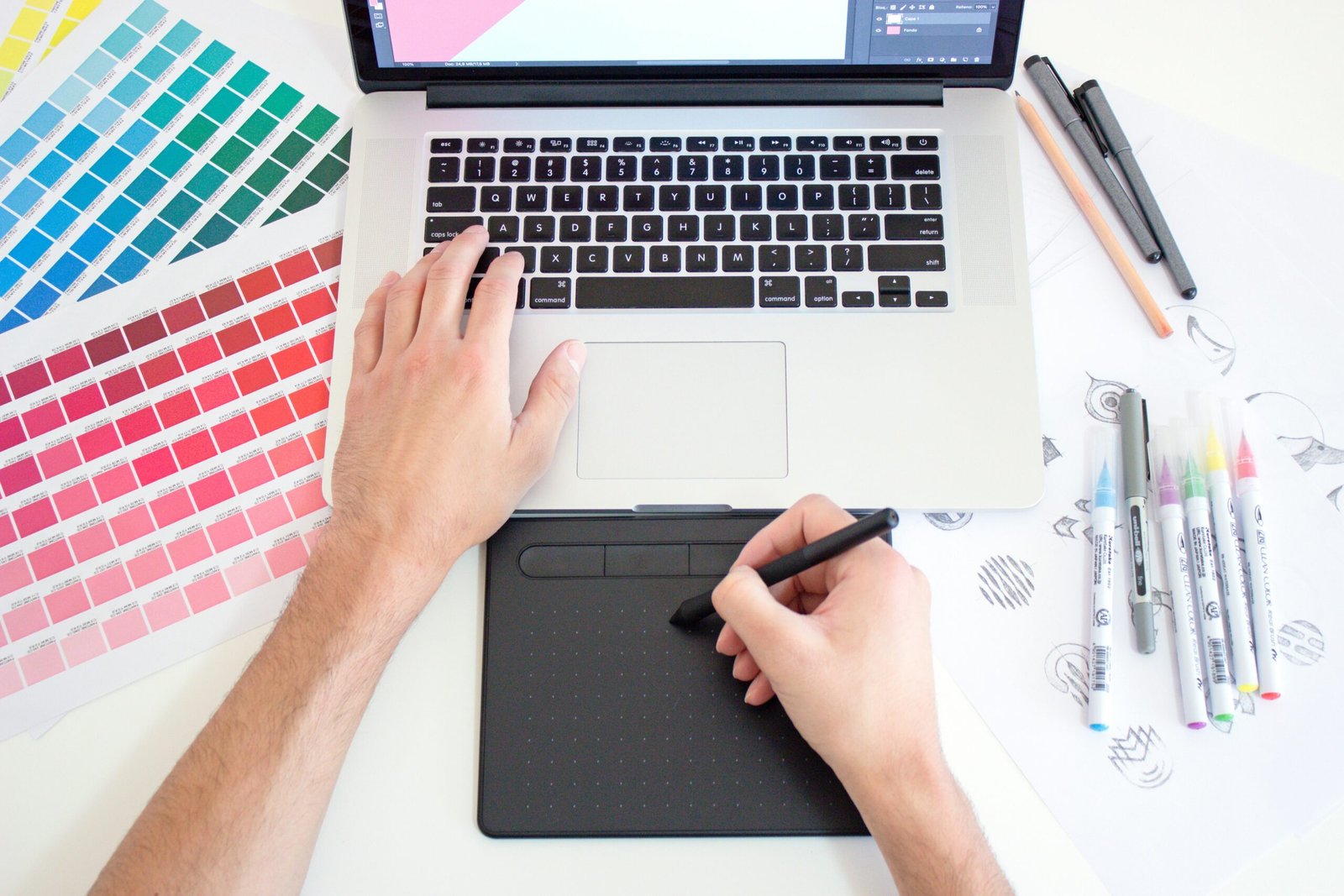Showcase of Creative Excellence
Creative Review stands as a beacon of high-quality creative work, encompassing disciplines such as advertising, design, and visual culture. For professionals in the design industry, regularly engaging with Creative Review can serve as a substantial asset. The magazine’s carefully curated projects offer a window into the latest trends and cutting-edge techniques, which can be invaluable for those looking to stay at the forefront of innovation. By closely examining these showcases, professionals can identify emerging trends and integrate these insights into their own work, ensuring they remain relevant and competitive.
Beyond personal growth, familiarity with the work featured in Creative Review can significantly enhance one’s personal brand. Professionals can leverage this knowledge to position themselves as curators of quality and innovation. When included in portfolios or mentioned in professional conversations, a deep understanding of superior creative work can set an individual apart from their peers. It signals to potential clients or employers that they are not only skilled but also well-versed in the latest industry standards and innovations.
Moreover, integrating insights from Creative Review into one’s design process can demonstrate a commitment to excellence and continuous learning. This proactive approach can help build a reputation for delivering high-caliber work that is both contemporary and forward-thinking. By embracing the magazine’s featured projects as benchmarks, designers can elevate the quality of their own creations, thereby enhancing their personal brand and professional credibility.
In sum, Creative Review offers a rich repository of exemplary creative work that can inspire and inform professionals in the design industry. By actively engaging with the magazine’s content, designers can not only refine their skills and stay informed about the latest trends but also strategically position themselves as knowledgeable and innovative leaders in their field.
Access to insightful interviews and profiles of leading figures in the creative industry offers a goldmine of inspiration and practical advice for design professionals. By referencing these interviews or sharing insights gleaned from these profiles on platforms like LinkedIn or industry blogs, individuals can significantly bolster their personal branding efforts. Engaging with thought leaders through these channels not only positions a professional as well-informed but also as someone deeply invested in their field.
When design professionals share insights from industry leaders, they demonstrate a proactive approach to professional growth and continuous learning. This practice signals to peers, potential clients, and employers that they are committed to staying at the forefront of industry trends and developments. Moreover, it reflects an individual’s dedication to refining their craft, which is a crucial aspect of personal branding in the design industry.
For instance, a designer who references an interview with a renowned creative director on their LinkedIn profile can spark meaningful conversations and attract attention from like-minded professionals. Highlighting key takeaways or personal reflections from such profiles not only showcases one’s knowledge but also their engagement with the broader design community. This creates a narrative of an individual who is not just passively consuming content but actively integrating it into their professional journey.
Additionally, sharing these insights can enhance a professional’s online presence and credibility. When a designer consistently posts about industry leaders’ perspectives, it portrays them as a connector and influencer within their network. This, in turn, can lead to increased visibility and opportunities for collaboration, further solidifying their personal brand.
In essence, leveraging the wealth of knowledge found in interviews and profiles of industry titans can be a powerful strategy for personal branding. By thoughtfully curating and sharing this content, design professionals can demonstrate their commitment to continuous learning and professional excellence, positioning themselves as engaged and knowledgeable leaders in the creative industry.
Engaging with critical reviews and commentary from platforms like Creative Review plays a pivotal role in shaping and enhancing personal branding within the design industry. By staying abreast of the latest developments and analyses, professionals can form and express well-informed opinions on current topics, which is essential for establishing thought leadership.
Thought leadership in personal branding is not merely about being recognized as an expert; it’s about being seen as a forward-thinking individual who understands and can anticipate industry trends. When design professionals actively engage with critical reviews of new campaigns and branding initiatives, they demonstrate a deep understanding of their field. This engagement can take many forms, from discussing insights in professional forums to writing reflective blog posts that showcase one’s analytical abilities.
Moreover, critical reviews often delve into the nuances of creative work, offering perspectives that might not be immediately apparent. By considering these viewpoints, professionals can refine their own ideas and approaches, which in turn enriches their personal brand. A well-rounded understanding of industry critiques signals to peers and potential clients that an individual is not only knowledgeable but also capable of critical thinking and innovation.
The importance of thought leadership in personal branding cannot be overstated. It positions an individual as a knowledgeable and insightful leader, capable of influencing others and driving conversations within the industry. By engaging with and contributing to critical dialogues, professionals build a reputation for being at the cutting edge of design trends and methodologies. This reputation can lead to increased visibility, opportunities for collaboration, and ultimately, a stronger personal brand.
In summary, leveraging critical reviews and commentary is a strategic approach to personal branding in the design industry. It allows professionals to articulate informed opinions, demonstrate thought leadership, and position themselves as influential figures within their field.
Global Perspectives and Cultural Insights
In the ever-evolving design industry, the importance of understanding global perspectives and cultural insights cannot be overstated. As the world becomes increasingly interconnected, the ability to appreciate and integrate international trends and cultural nuances into one’s work is a crucial aspect of personal branding. This global awareness not only enhances a designer’s portfolio but also positions them as a culturally competent and globally aware professional, a quality highly sought after in today’s market.
Creative Review, a leading voice in the design community, frequently highlights international projects and provides invaluable insights into global trends. This exposure allows designers to stay abreast of diverse stylistic approaches and cultural dynamics, which can significantly inform and elevate their own creative processes. By showcasing an understanding of these global perspectives, professionals can differentiate themselves, demonstrating a breadth of knowledge and a versatile skill set that resonates with a wider audience.
Incorporating global knowledge into professional practices can be achieved through various means. Firstly, designers should actively engage with international design communities, whether through online forums, social media, or industry conferences. This engagement fosters a continuous exchange of ideas and exposes designers to a myriad of cultural influences. Additionally, professionals can seek out collaborative projects with international peers, providing firsthand experience in navigating different cultural contexts and design sensibilities.
Furthermore, designers should reflect their global awareness in their communications and marketing strategies. This could include creating case studies that highlight international projects, writing blog posts that discuss global design trends, or developing social media content that showcases a diverse range of cultural inspirations. By doing so, they not only build a robust personal brand but also convey a message of inclusivity and adaptability, traits that are increasingly valued in a globalized economy.
Ultimately, the ability to leverage global perspectives and cultural insights effectively can set design professionals apart in a competitive industry. By embracing and integrating these elements into their work, designers can craft a personal brand that is both unique and universally appealing, positioning themselves as leaders in the dynamic world of design.


